Roughly defined, I4.0 is the ongoing automation of traditional manufacturing and industrial practices, using modern, “smart” technologies. Large-scale machine-to-machine (M2M) communication and the industrial internet of things (IIoT) are integrated for better automation and communication, self-monitoring, as well as “smart” analysis and diagnosis without human intervention.
Such revolutions, despite offering unprecedented opportunity for change, never come without a price—usually at the expense of people. Starting at the digital revolution in the late 20th century, people began being seen as a major source of mistakes. The reality, rather, is that systems and throughput became too complex to manage. Yet, people are to this day held accountable for system performance.
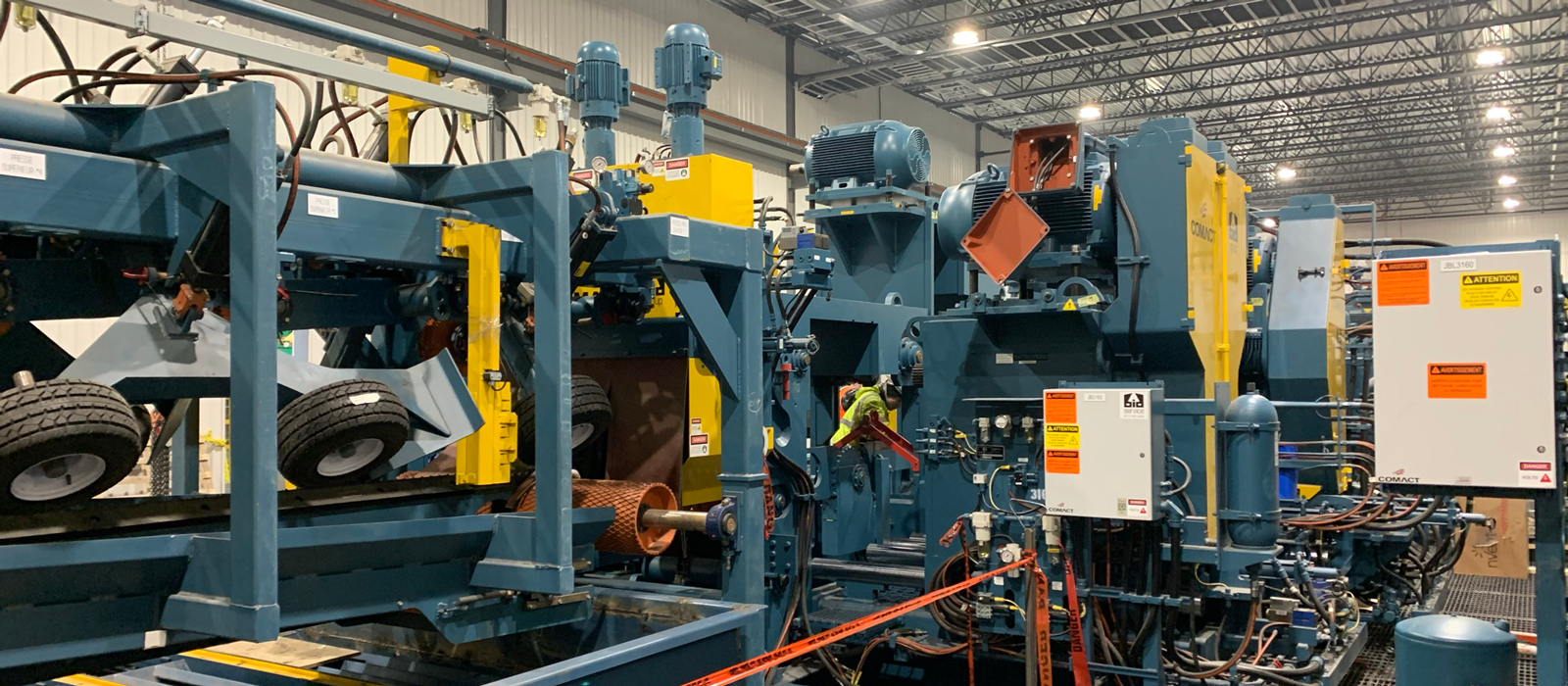
Despite the growing presence of M2M communication and IIoT in sawmills, very few take full advantage of the opportunities they offer. Instead, you rely on manually maintained data systems and old-fashioned reporting. So doing, you miss on the gains to be made by leveraging the power of the data at your disposal. Indeed, most of the software systems and manufacturing platforms available to mills today are data collection tools that leave you faced with the gigantic task of structuring data in a meaningful and, more importantly, actionable way, leaving you faced to rely on programmers and analysts to get anything usable.
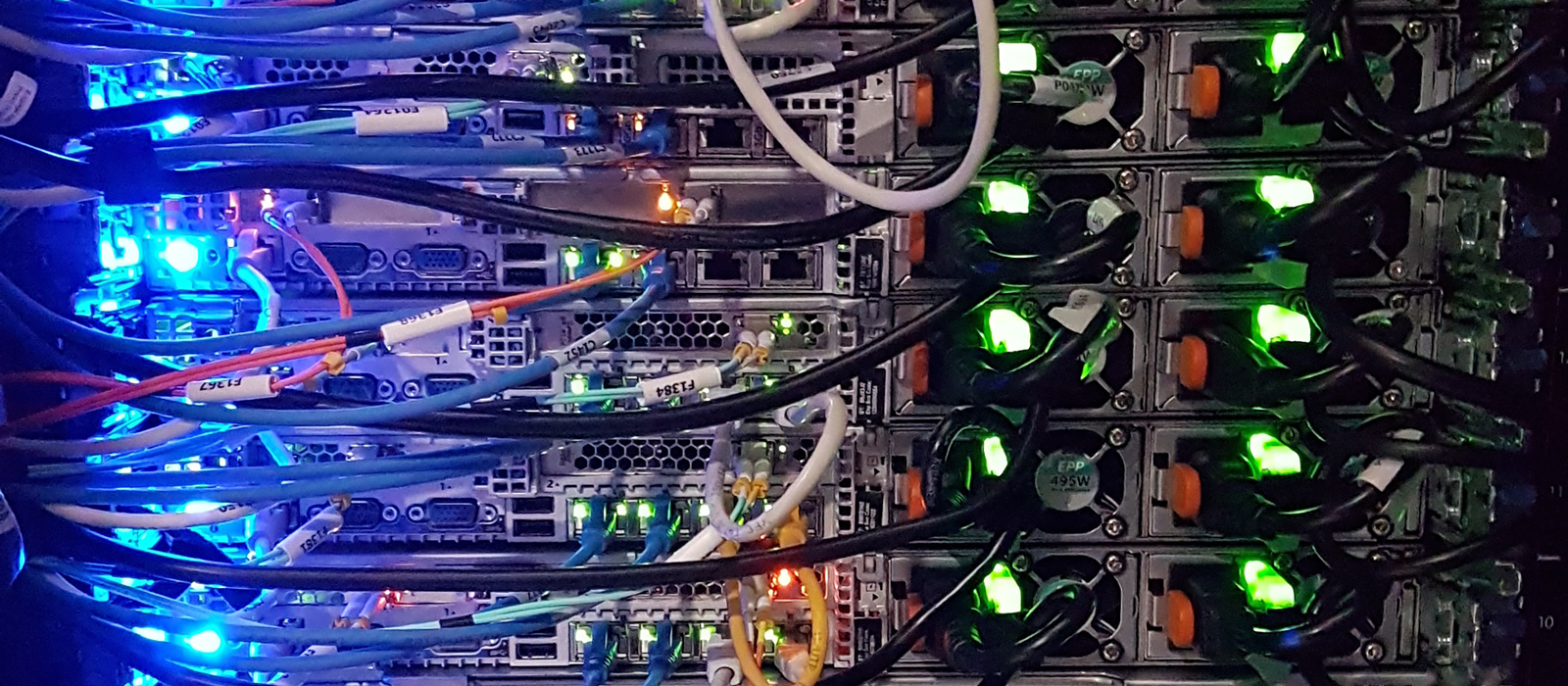
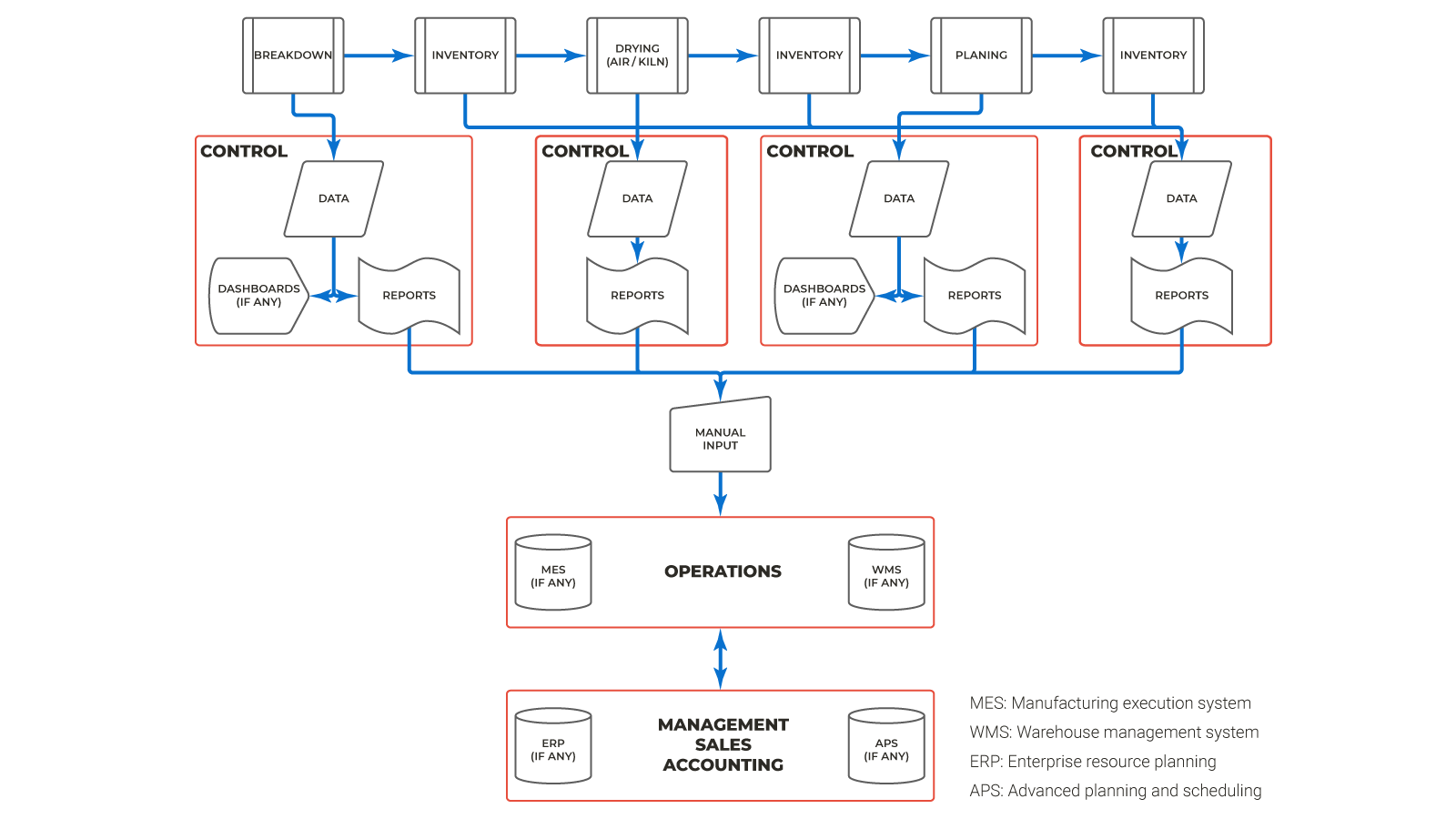
Nevertheless, at the core of sawmills, there is a basic information structure that most overlook by being too focused on fixing pressing issues or target-locked on a single output.
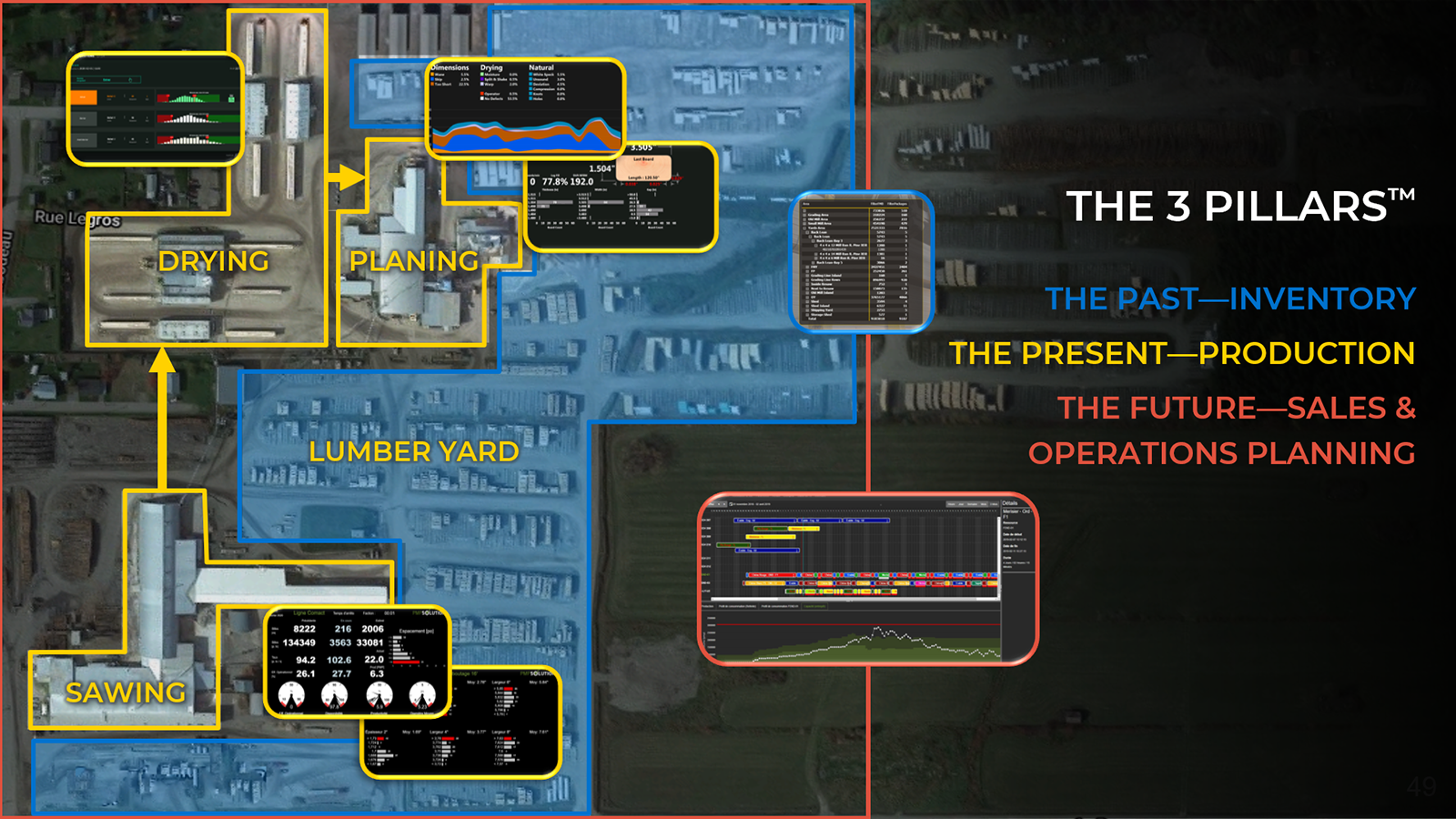
Now that you understand this, it’s easy to understand that when you use conventional reporting to gauge your performance (in terms of volume or otherwise), you’re using the past to orient your future—but you’re doing it at the macroscopic level, as mentioned above, while on the factory floor, it’s done at a microscopic level. To top it off, you won’t see the results of your adjustments until you get your next production report, once the wood’s in inventory.
In many mills, data is collected directly from the equipment (e.g., the optimizer) after each shift and / or from the lumber yard. This data is often copied into spreadsheets for analysis and reporting. It’s easy to see how this takes time and is prone to errors. Even if they’re shared between people in the mill, these spreadsheets are usually only intimately understood by their owners—the data isn’t truly shared.
Furthermore, data analysts work eight to 10 hours a day in mills that operate 16 to 24 hours. The reaction gap can be wide—assuming everything runs smoothly.
For example, let’s assume that someone forgets to enable a specialty product in a production run. It’s very likely that this oversight won’t be noticed until the run or shift is over. As a result, you’ll be reacting—instead of acting—to this oversight, initiating the production again or delaying / cancelling its delivery.
You’re familiar with the headaches that brings: frustrated workers busy dealing with emergencies instead of getting value-added work done, missed market opportunities, and a less valuable product mix.
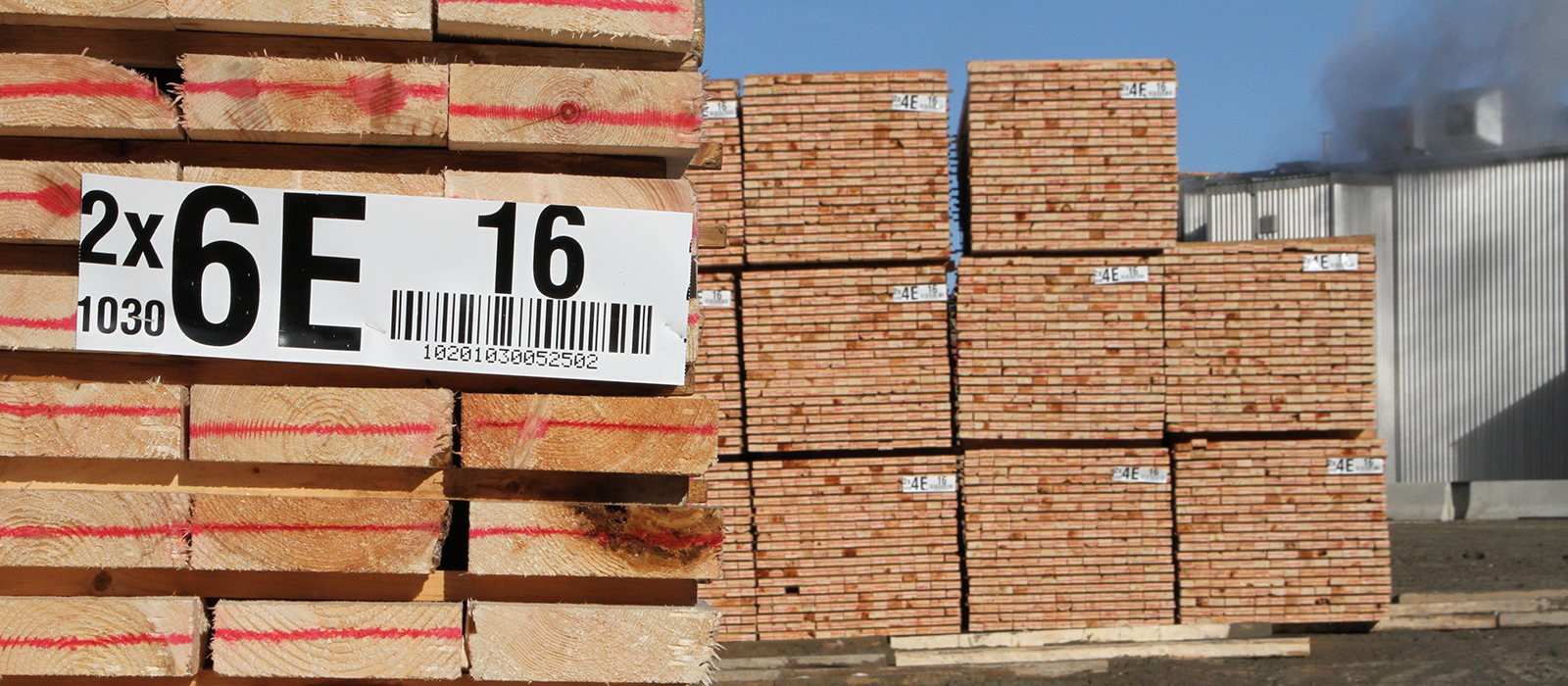
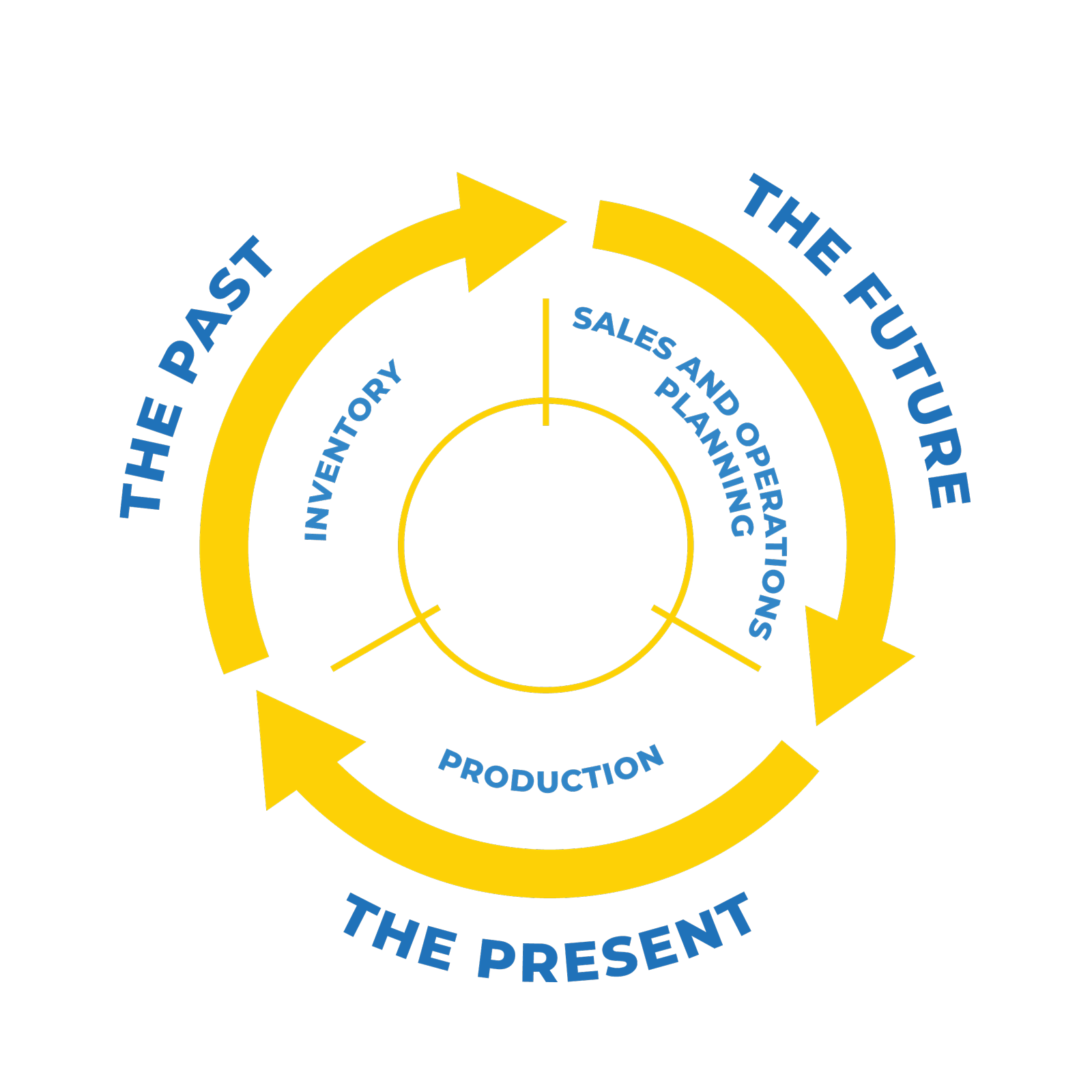
How can you go from reacting to acting? By unlocking the data sleeping in your mill’s operational technology (OT), to anchor your business objectives and strategy, contextualize the KPIs you’ll need to support your strategy, and leverage your mill’s actual “smarts”—your personnel—by giving them the right information, at the right time to influence operator behavior and get the best results.

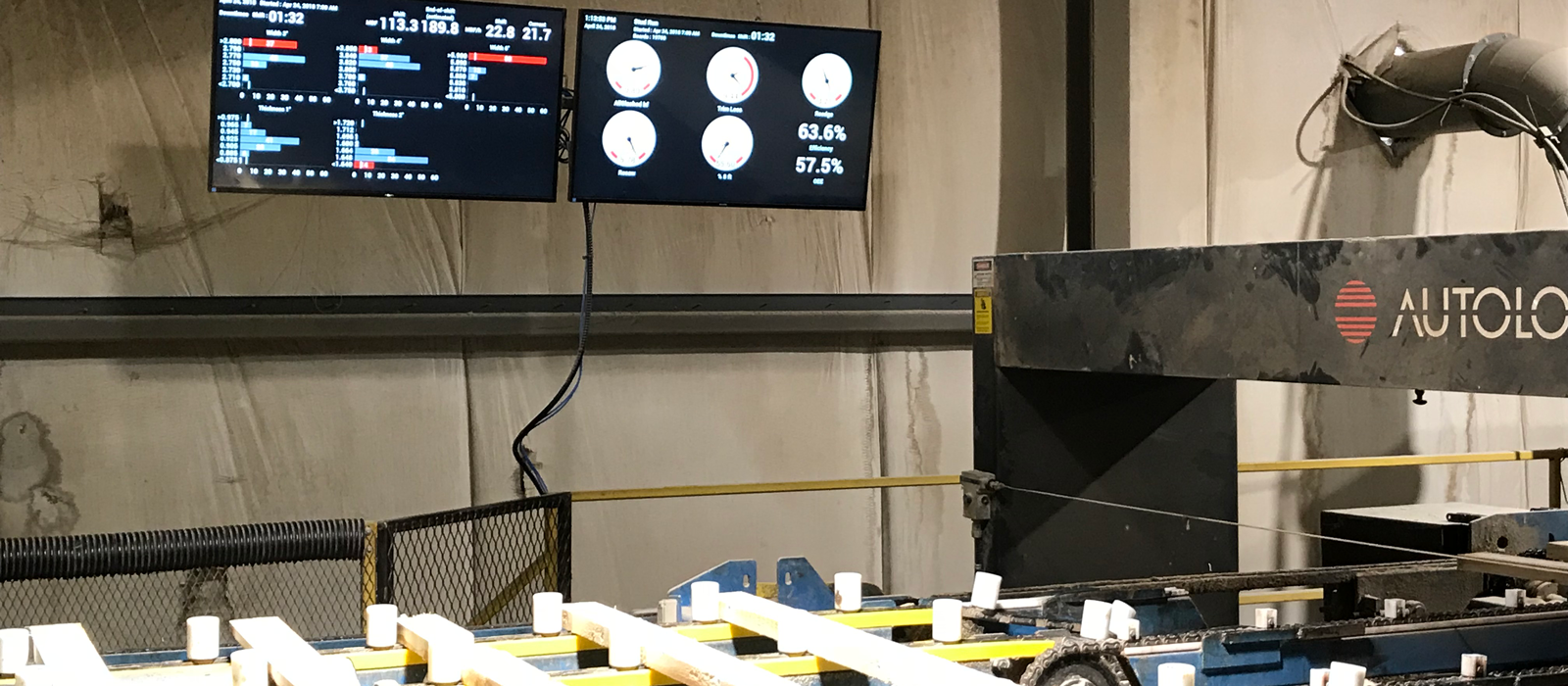

Connecting all the dots at the speed of your mill is not an easy task. More so than any other type of manufacturing, wood transformation plants are living organisms, dependent on timber to live. This timber, just like air for us, can vary in quality and we must deploy solutions to mitigate, which leads mills to dynamically adjust and evolve.
Like living organisms, mills need the proper signals to the right parts of their bodies (with the according feedback) to function to their full potential. Shunt areas of the brain and humans will develop a variety of issues—the same applies to mills.
Unfortunately, very few information systems on the market today are: a) developed for the wood transformation industry, b) do more than collect and aggregate data for later analysis.
PMP TeamMate™, our data historian and manufacturing platform, goes beyond simply collecting and tabulating data. It provides contextual signals to every stakeholder in the mill—from machine operator to managers—at the moment and the way they need it to act the most effectively to reach goals.
At the end of the day, your factory is only as smart as its people, and we all know that knowledge is power.
